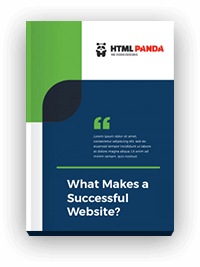The construction industry has traditionally used manual planning, where project managers create schedules, assign resources, and track progress with spreadsheets and basic tools. But with the rise of Artificial Intelligence (AI), construction planning is changing.
AI-Driven Construction Planning uses advanced technology to automate tasks, predict problems and optimize resources, making project management faster and more accurate.
In this blog post, we’ll explore the differences between AI-driven construction planning and traditional methods:
Traditional Construction Planning:
For many years, traditional building planning has been done by hand using human knowledge and skills. Project managers create schedules, assign resources, and track progress by hand. This process involves a lot of paperwork, constant updates, and regular meetings to keep everything on track.
One of the main problems with traditional methods is that they take a lot of time and are prone to human mistakes. A small mistake or wrong schedule can cause delays, overspending, or wasted resources.
Also, traditional methods don’t provide real-time data, which makes it hard to quickly adjust plans when unexpected issues come up, like bad weather or material shortages.
AI-Driven Construction Planning:
AI-driven construction planning makes use of technology to automate tasks that are typically performed by project managers. With AI, project managers can automate scheduling, predict risks, and allocate resources more efficiently.
AI tools analyze lots of data, including past trends and real-time project updates, to make better decisions. AI can predict delays or issues before they happen, allowing project managers to fix them early. This allows the construction process to run more smoothly and efficiently
If issues arise, such as material delays or worker shortages, AI can quickly make real-time adjustments. This helps the construction process run more smoothly and efficiently.
Key Differences: AI vs Traditional Methods
Here are the key differences between AI-driven construction planning and traditional methods, given as:
- Speed and Efficiency: AI can process data and create schedules much faster than traditional methods, saving valuable time.
- Accuracy: AI reduces the chances of human error, resulting in more accurate project plans and schedules.
- Risk Management: AI helps predict and manage risks before they become problems, while traditional methods often only address risks after they occur.
These differences show how AI can make construction planning faster, more accurate, and cost-effective. AI helps projects run smoother, saving time and money for architects, civil engineers, and Structural Engineers in Denver.
The Role of AI in Improving Construction Planning
AI-driven construction planning is quickly changing the industry by offering faster, more accurate, and more efficient ways to manage projects compared to traditional methods. While traditional methods have worked for a long time, AI brings automation and smart predictions that can make projects run more smoothly and lead to better results.
Switching to AI does require some initial investment and learning. But with the right tools and training, civil engineers, construction teams, and Architects in Denver can use AI to make planning easier, avoid mistakes, and use resources more wisely.
The future of construction planning is moving towards more automation and data-driven decisions, making it a better way to handle complex projects and keep them on track.









